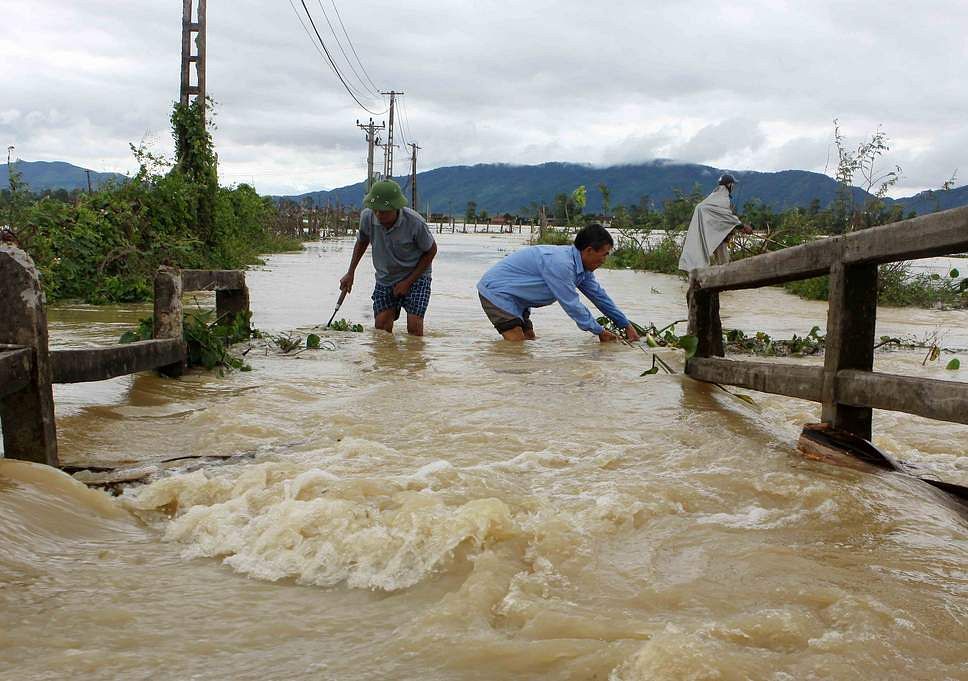According to the Ministry of Labor, Invalids and Social Affairs, economic inequality is worsening in Vietnam.
Deputy Prime Minister Vuong Dinh Hue recently gave a detailed report on this topic through the first half of 2019 and proposed solutions, according to Tuoi Tre. In 2014, the top 20% make 9.7 times more than the bottom 20%, Hue said. This increased to 10 times in 2018.
Wealth inequality in Vietnam affects accessibility to basic services and job opportunities, especially in mountainous areas in northern provinces and the Central Highlands.
According to the news source, the ministry also revealed that the GINI index of Vietnam between 2014 and 2018 was 0.4, an average inequality rate compared to other countries.
Efforts to eradicate poverty have brought about positive outcomes, though Hue said that the results are not sustainable, as the poverty contingency rate is still high. He also stressed that only 44 out of 292 communes were able to improve their status from extreme poverty.
The report shows a considerable decline in the poverty rate among indigent districts, communes and ethnic minority communities, though some areas still suffer from a poverty rate of over 50%.
At the end of 2018, the poverty rate among ethnic minority groups made up 55% of the whole country's poor, where the average income per household was only two-fifths of the national average income.
A representative of the Committee for Ethnic Affairs told the news source that the poorest areas in Vietnam are the western central coast, including Thanh Hoa, Nghe An, Binh Dinh, Quang Nam and Quang Ngai. These are also the most disaster-stricken localities in Vietnam, which frequently suffer from typhoons, wildfires, drought and saltwater intrusion.
They also suggested population planning and more effective investments so that poor households can gain access to fundamental facilities.














